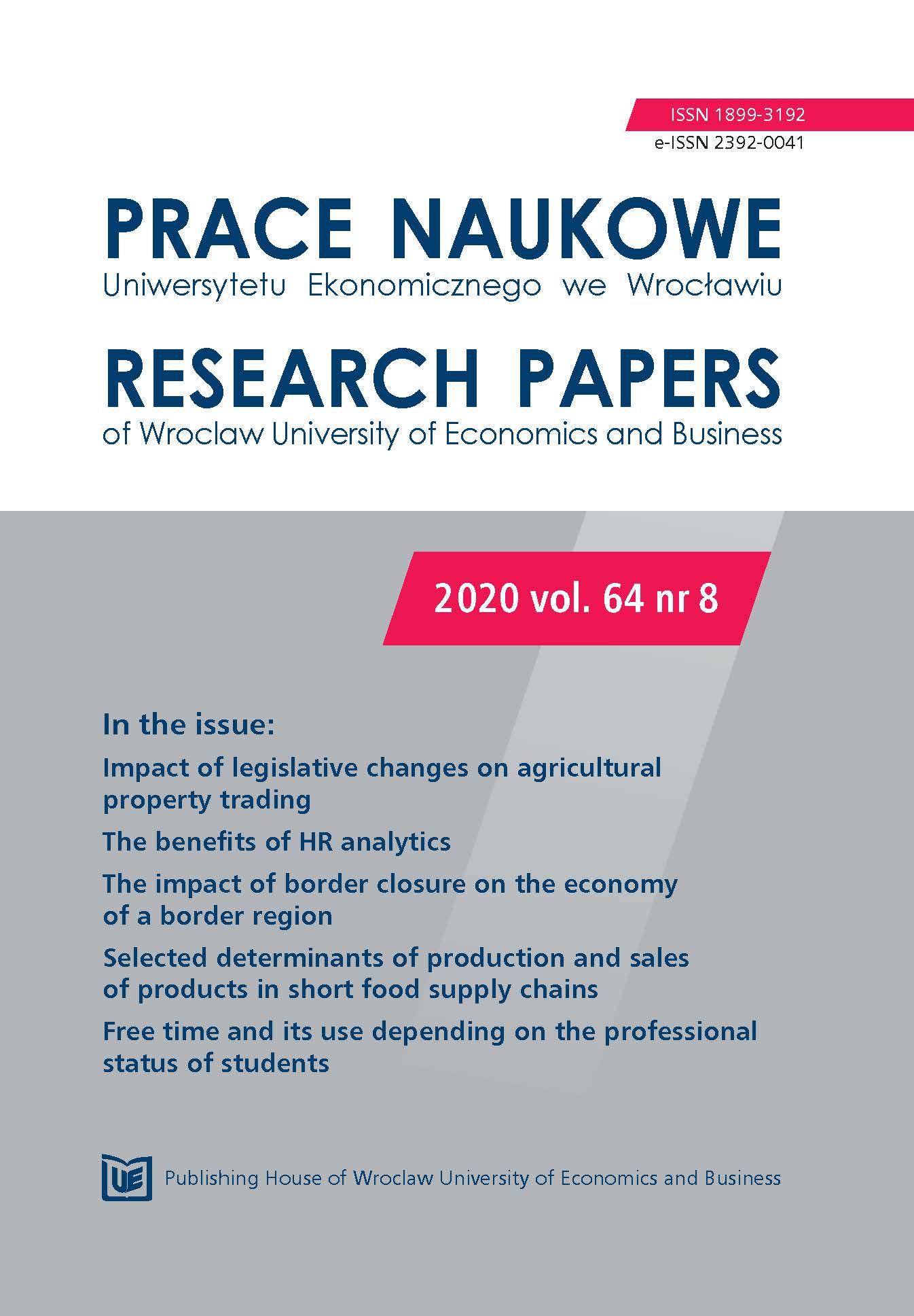Skutki zamknięcia granic dla gospodarki obszaru przygranicznego na przykładzie pogranicza polsko-niemieckiego
The impact of border closure on the economy of a border region – as exemplified by the Polish-German borderland
Author(s): Arkadiusz Malkowski, Rafał MazurSubject(s): Supranational / Global Economy
Published by: Wydawnictwo Uniwersytetu Ekonomicznego we Wrocławiu
Keywords: border trade; peripheral area; eastern borderland
Summary/Abstract: A change in the functions fulfilled by borders creates new circumstances affecting the development of border areas. The Polish-German borderland area is an example of a peripheral region which, due to the liberalization of border regulations, has undergone a clear socio-economic transformation. Shopping tourism has been one of the factors leading to the emergence of the region’s new economic model. The border’s closure to free traffic in March 2020 made it impossible for foreign nationals to visit Poland for shopping purposes. The article presents selected results of research into shopping tourism as a factor in the development of peripheral areas in the context of the ongoing pandemic. The paper uses data made available by GUS (Statistics Poland) and the Border Guard (Straż Graniczna), as well as the author’s own research based on the CATI methodology. The study indicates the importance of cross-border trade in the development of the Polish-German border areas. As a result of the closure of the borders, tourists stopped shopping in the region, which affected both the local and regional economy.
Journal: Prace Naukowe Uniwersytetu Ekonomicznego we Wrocławiu
- Issue Year: 64/2020
- Issue No: 8
- Page Range: 72-82
- Page Count: 11
- Language: English

